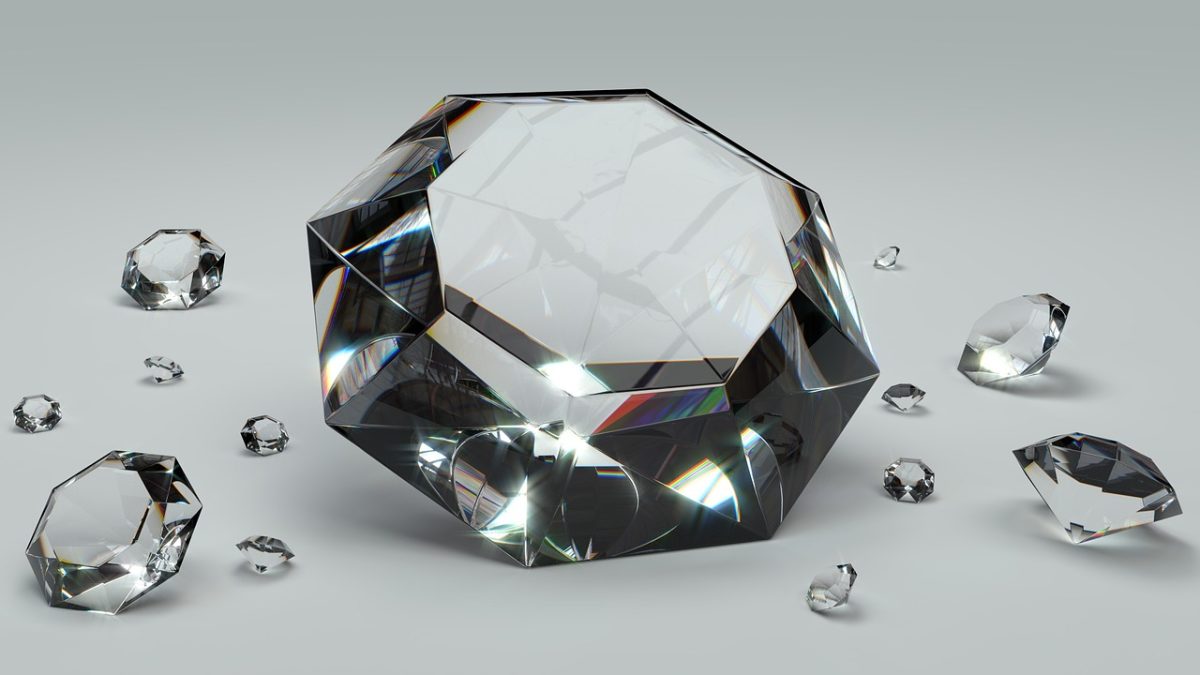Blog
The Declining Price of Lab-Grown Diamonds: A Revolution in the Diamond Industry
In recent years, the diamond industry has witnessed a significant transformation with the emergence of lab grown diamonds. These diamonds, cultivated through advanced technological processes in controlled laboratory environments, offer a sustainable and ethical alternative to traditional mined diamonds. One of the most striking developments in this evolution is the declining price of lab grown…

In recent years, the diamond industry has witnessed a significant transformation with the emergence of lab grown diamonds. These diamonds, cultivated through advanced technological processes in controlled laboratory environments, offer a sustainable and ethical alternative to traditional mined diamonds. One of the most striking developments in this evolution is the declining price of lab grown diamonds, which has sparked widespread interest and reshaped consumer preferences within the diamond market.
Historically, the high cost associated with natural diamonds has been a significant barrier for many consumers. Mined diamonds are formed deep within the earth’s mantle over millions of years, making their extraction and procurement a costly and labour-intensive process. This, coupled with the complexities of mining operations and the challenges associated with ethical sourcing, has contributed to the premium price tag attached to natural diamonds.

In contrast, lab grown diamonds are created using cutting-edge technologies that simulate the natural diamond-growing process in a controlled laboratory setting. By replicating the conditions found beneath the earth’s surface, scientists are able to produce diamonds with the same chemical composition, physical properties, and visual characteristics as their natural counterparts. This innovative approach eliminates the need for mining and significantly reduces the production costs associated with diamond cultivation.
As a result, the price of lab grown diamonds has been steadily declining in recent years, making them a more accessible and affordable option for consumers. This downward trend in pricing can be attributed to several key factors:
1. Advancements in Technology: The development of more efficient and scalable diamond-growing technologies has led to increased production volumes and economies of scale. As manufacturing processes become more streamlined and automated, the cost of producing lab grown diamonds has decreased, driving down prices in the market.
2. Increased Competition: The growing popularity of lab grown diamonds has spurred competition among manufacturers and retailers, resulting in greater price competitiveness within the industry. As more players enter the market and vie for market share, consumers benefit from lower prices and a wider range of options.
3. Consumer Awareness and Demand: Heightened awareness of ethical and environmental issues surrounding traditional diamond mining has prompted a shift in consumer preferences towards sustainable and responsibly sourced alternatives. Lab grown diamonds, with their eco-friendly production methods and transparent supply chains, have gained traction among socially conscious consumers, driving demand and influencing pricing dynamics.
4. Changing Perceptions: Over time, lab grown diamonds have shed the stigma of being inferior or artificial substitutes for natural diamonds. As consumers become more informed about the similarities between lab grown and mined diamonds in terms of quality and beauty, they are increasingly willing to consider lab grown options, further fuelling demand and contributing to price competitiveness.
5. Market Maturation: As the lab grown diamond market matures and consolidates, industry players are better equipped to optimize their production processes and supply chains, leading to cost efficiencies and lower overheads. This maturation phase has facilitated price stabilization and increased affordability for consumers.
The declining price of lab grown diamonds has significant implications for the broader diamond industry. While natural diamonds continue to hold a timeless allure and appeal to certain segments of the market, the increasing availability and affordability of lab grown alternatives have reshaped consumer preferences and purchasing patterns.
For consumers, the declining price of lab grown diamonds represents an opportunity to acquire high-quality, ethically sourced diamonds at a fraction of the cost of their natural counterparts. Whether purchasing engagement rings, wedding bands, or other jewellery pieces, consumers can now enjoy greater flexibility and choice without compromising on quality or conscience.
From an industry perspective, the rise of lab grown diamonds underscores the importance of innovation, sustainability, and adaptability in meeting evolving consumer needs and preferences. As lab grown diamonds continue to disrupt the traditional diamond market, industry players must embrace change and embrace opportunities to differentiate themselves in an increasingly competitive landscape.
In conclusion, the declining price of lab grown diamonds signals a paradigm shift in the diamond industry, driven by advancements in technology, changing consumer preferences, and a growing emphasis on sustainability and ethics. As lab grown diamonds become more accessible and affordable, they are poised to redefine the way we perceive and value diamonds, paving the way for a more inclusive, transparent, and sustainable future in the world of fine jewellery.

